The Midland Hotel
It was August 1945, the month I celebrated my eighth birthday. My parents, my sister, Rosi, my brother, Mani, and I were on vacation at the seashore in Belgium. We were staying at the Midland Hotel, a small, three-story building separated from the dunes and the sea by the main coastal highway. Very few other guests were staying at the hotel.
